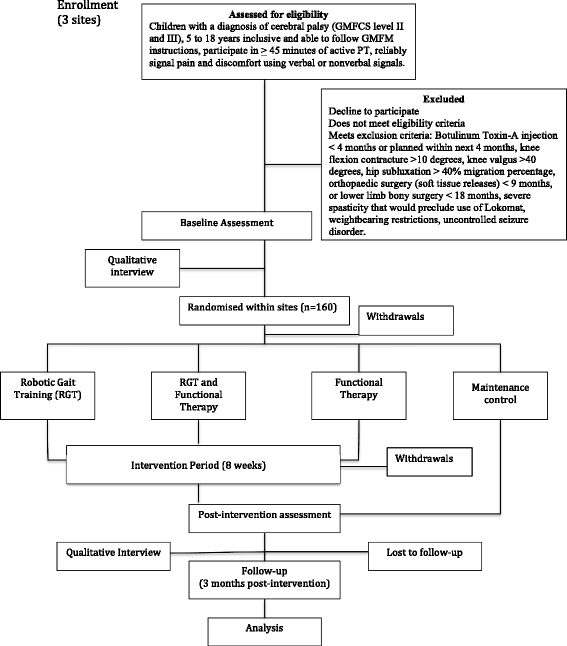. Usb wireless 802.11 b g adaptor drivers for mac. 776 shares. 662. 0. 0. 114. 0 Whether in the clinic or in the gym, on a daily basis people tell me they have tight hip flexors.
They’ve seen a YouTube video about how tight hip flexors can cause problems or their local PT / Chrio / Massage Therapist has repeatedly told them that tight hip flexors are the source of all their problems. These athletes then roll, stretch, dig, and destroy this horrible muscle that is the sole reasoning behind their pain and limited performance. Unfortunately, I see far too often that they have no actually had their hip flexor mobility tested. Instead, they blindly follow the online guru’s advice or their clinicians exercise recommendation – when hip flexor mobility may or may NOT be a real issue. Don’t get me wrongthere are plenty of people out there with truly tight hip flexorsbut there are also lots of people who think they have tight hip flexors when truly they have weak hip flexors manifesting themselves as a muscle with increased TONE. First, let’s cover hip flexor anatomy. The iliopsoas (most commonly “tight” hip flexor) is composed of two muscles, the psoas and iliacus that share a common to insert onto the hip.

The psoas originates on the vertebral bodies of the lumbar spine and the iliacus originates on the iliac fossa. The tensor fasciae latae (TFL) originates or the ASIS of the iliac crest and inserts onto the IT band. The rectus femoris (one of the four quad muscles) also inserts onto the pelvis, making it a hip flexor. While each muscle functions slightly differently, their overall combination allow them to flex the hip joint, anteriorly rotate the pelvis, and extend the lumbar spine. Due to its’ attachment on the vertebral bodies of the lumbar spine, the psoas also plays an important role in lumbar spine stabilization , an often forgotten function of this muscle. To truly assess flexibility of the hip flexor musculature, the Thomas Test should be used.
This quick test can be performed by any athlete, coach, or clinician. The athlete begins sitting on the very edge of a box or treatment table. Next, they lie back holding their knees towards their chest (but not pulled all the way to their chest). The partner then holds and lowers on of the two legs down.
The partner should look for three things: 1. Does the thigh reach full extension (the thigh parallel to the ground). Is the knee able to bend to 90 degrees of flexion without the thigh raising? If the knee does not make it to 90 degrees without the rising, tightness of the rectus femoris is to blame. If the knee can flex to 90 degrees without the thigh rising but the thigh is unable to reach full extension, illiopsoas tightness is present.
Hip Flexor Mobility Test Google Authenticator For Mac Download
Does the thigh migrate laterally? If so, TFL tightness is present. Without performance of muscle flexibility testing, it is irresponsible to diagnose (yourself or patient) with having tightened hip flexor musculature. So, what if you’ve been told repeatedly that you have tight hip flexors but pass the above test? Frequently, I find that these individuals have increased TONE (resting muscle tension) due to poor core stabilization. In response to this dysfunction, the body increases tone in the hip flexors to help create some stabilization. In treating these individuals, I want to decrease tone of these muscles and then follow that up with specific exercises that help them develop better core control.
Hip Flexor Mobility Test Google Authenticator For Mac Windows 10
Rather than the usual grind, mash, and destroy technique athletes use with a kettle-bell that I frequently see athletes painfully performing, I prefer a gentler technique such as that suggested by (remember we are decreasing TONE not increasing muscle tissue length so crazy pain is not needed).